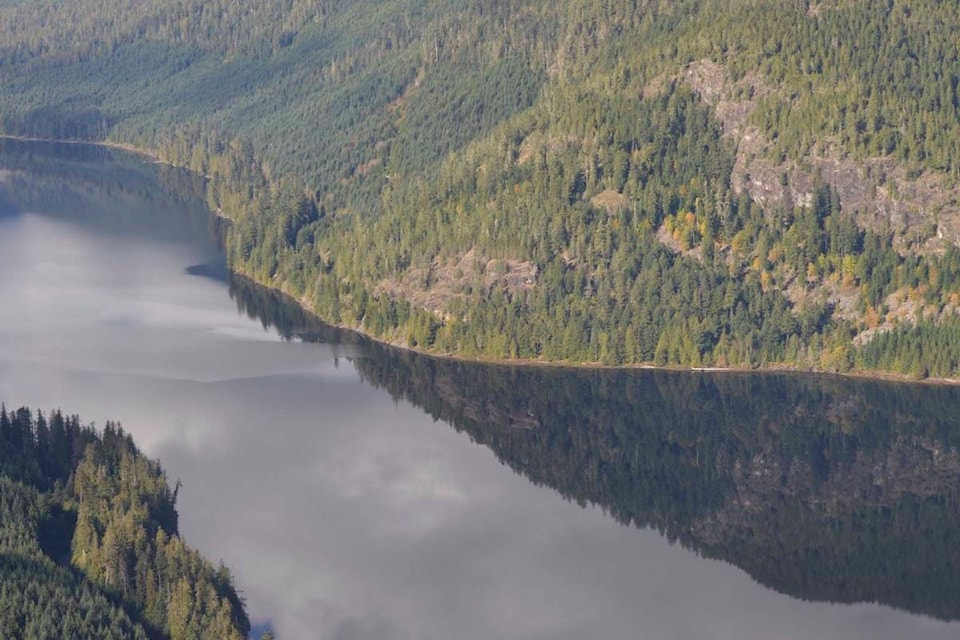A specialized RCMP dive unit is headed to a remote northern Vancouver Island lake today in an effort to help close a 50-year-old wound.
The team is headed to Muchalat Lake near Gold River, packing their latest technology in an attempt to locate the body of a logger who died there in 1970.
Sgt. Jay White, head of the National Underwater Training Centre in Nanaimo decided to pursue the case of logger Silvio Strussi – whose body was never recovered after he died in an industrial accident – after Strussi’s grandchildren shared their quest for closure in the Campbell River Mirror.
Strussi, 40, was part of the road-building crew with the now defunct Tahsis Company and was operating a bulldozer when it tumbled into the lake.
The RCMP reached out to Kimberly Chastellaine and Sean Smith, who have been on a journey to find the last resting place of their late grandfather who died when their mother was 16-years-old.
A team consisting of White and two other divers will be in Gold River Nov. 6 to conduct a preliminary sweep of the area. He told the Mirror the team is looking forward to testing the capability of some newly acquired equipment with this case. Following which the team will launch their boat on Saturday and begin their search from the last known site of the body in the lake, then expand to other areas if necessary.
The team will be using a new remote operated vehicle (ROV) they acquired from a Vancouver Island-based operator. The robot will be controlled from the boat and can go to a depth of 10,000 feet, said White.
Along with the ROV they will also use sonar technology – that uses sound waves to detect underwater objects – to locate the bulldozer that Strussi was operating during the time of the accident.
The expedition could take anywhere between three hours to three days depending on the weather, said White who is keeping his “fingers crossed” for a successful expedition.
The dive team will be collaborating with the Nootka Sound RCMP in Gold River where the case file is still open. The Nootka Sound detachment will be providing the dive unit with the GPS coordinates of the last known site of the accident.
The police said they still monitor all the historical missing-persons files from the ‘60s. Most are cases of those who have gone missing at sea.
“Investigators routinely go to the last known spots to see if any new evidence has washed ashore,” said Cpl. Kimberly Rutherford from the Nootka Sound detachment.
She also said that having the underwater team come in is a “big step” for the detachment as it provides technological support for such cases.
While Rutherford is “excited,” she also said that reopening a missing person’s file brings about a lot of emotions.
“We try our best to be compassionate to the families and our hope to bring closure to the families,” she said.
A couple of weeks ago, Chastellaine and Smith visited Gold River and were taken to the spot on the lake where the locals believe is their grandfather’s last resting place.
The family is expected to visit Gold River again over the weekend as the dive team begin with their search operation.
RELATED:
Like us on and follow us on



